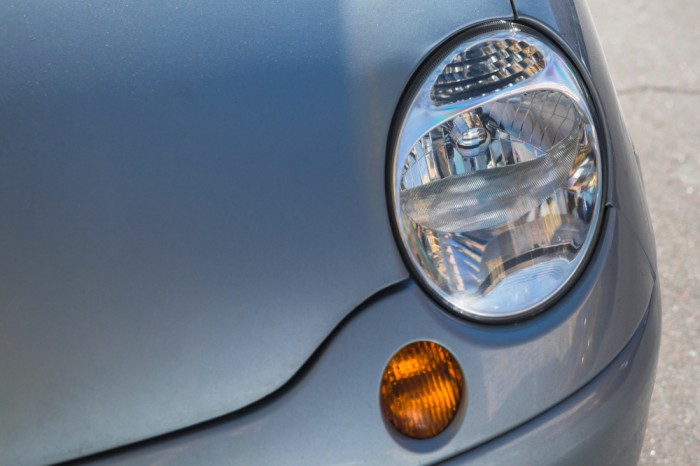
When it comes to your car's lighting system, it's more than just a functional necessity; it's a crucial aspect of your vehicle's safety and performance. Properly functioning bulbs illuminate the road ahead and make your car visible to other drivers, ensuring a safer driving experience. So, if you're in the dark about choosing the right bulbs for your vehicle, it's time to shed some light on the subject. In this comprehensive guide, we'll navigate the intricacies of automotive lighting, helping you make informed decisions that will enhance your driving experience and keep you safe. Lights, camera, action—let's dive in!
Understanding the Types of Automotive Bulbs
Before we delve into the selection process, it's essential to understand the various bulbs used in modern vehicles. Each type has unique characteristics and applications, so knowing the basics will aid in making the right choice.
1. Halogen Bulbs
Halogen bulbs, the most prevalent automobile bulb, are featured in most modern cars. Their durability and affordability are well-known attributes. Halogen lamps produce light by sending energy via a tungsten filament, which heats up and generates light. These bulbs come in varying wattages to accommodate a range of applications and provide a warm, yellowish light.
2. LED Bulbs
Light Emitting Diode (LED) bulbs have gained popularity recently due to their energy efficiency and long lifespan. LEDs generate light when electrons move through a semiconductor material, emitting a bright and focused light beam. They consume less power and are known for their quick response time, making them ideal for brake lights and turn signals.
3. HID Xenon Bulbs
High-Intensity Discharge (HID) Xenon bulbs are renowned for their bright, white, and intense light output. They pass an electric current through xenon gas, creating an arc of light. HID bulbs provide superior visibility at night but may require a more complex installation process and come at a higher price point.
4. Incandescent Bulbs
Although less common in modern vehicles, incandescent bulbs are still used in some older models. They work similarly to halogen bulbs but are less energy-efficient and have a shorter lifespan.
Factors to Consider When Choosing Automotive Bulbs
Now that you're familiar with the types of automotive bulbs, let's explore the key factors to consider when selecting the right bulbs for your car:
1. Bulb Type and Compatibility
The first step is to identify the correct bulb type for your vehicle. Refer to your owner's manual or consult a professional mechanic to ensure you choose the correct bulb size and compatibility. Using the wrong bulb can lead to issues with fitment and performance.
2. Brightness and Light Output
Lumens, a unit of measurement for light bulb brightness, are essential for safe nighttime driving. Think about your tastes and the driving environment. Choose bulbs with more lumens if you travel in dimly lit regions or want better vision. But take care not to blind other motorists with your overly bright headlights.
3. Color Temperature
Bulbs come in various color temperatures, ranging from warm yellow to cool white and bluish tones. Color temperature is measured in Kelvin (K). Warmer colors (around 3000K) provide better visibility in foggy conditions, while more excellent colors (5000K-6000K) offer a more modern and stylish look. Choose a color temperature that suits your aesthetic preferences and driving needs.
Seeking Professional Assistance
Choosing the right bulbs for your car can be daunting, especially with the many available options. If you need more clarification about the best choice for your vehicle, it's advisable to seek professional assistance.
A certified automotive technician or mechanic can help you select the right bulbs and ensure proper installation and alignment. They have the expertise to consider factors such as your vehicle's electrical system and headlight housing, ensuring the chosen bulbs function optimally.
Your car's lighting system is critical to your driving experience and safety. Choosing the right bulbs involves considering factors like bulb type, brightness, color temperature, energy efficiency, and budget. While the options may seem overwhelming, professional assistance from a certified mechanic can simplify the process and ensure your vehicle's lighting system performs optimally.
Don't compromise on safety and visibility. Take action now to select the right bulbs for your car, and you'll enjoy a well-lit journey on the road ahead. Contact a professional today and let your car shine in all its glory—lights, camera, action!